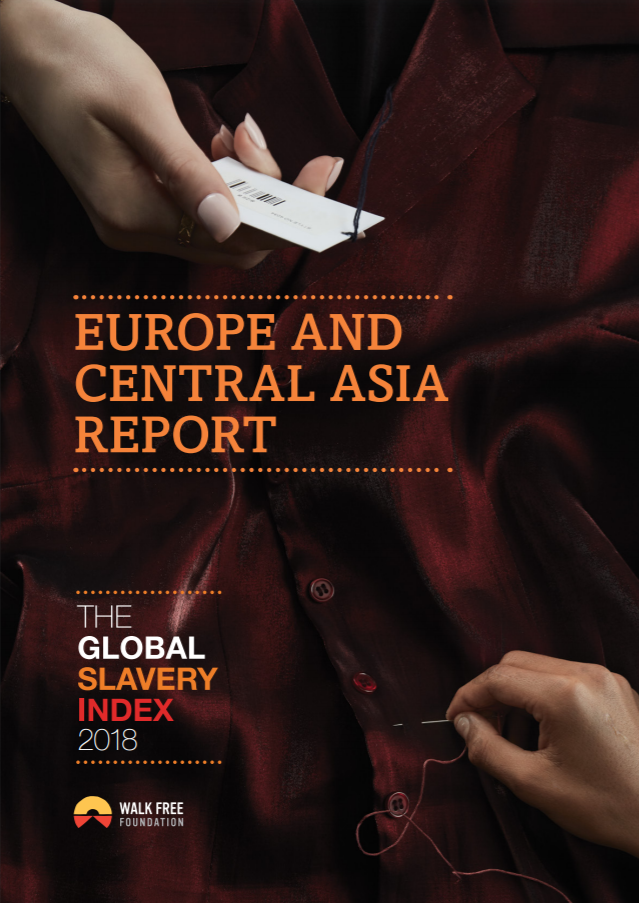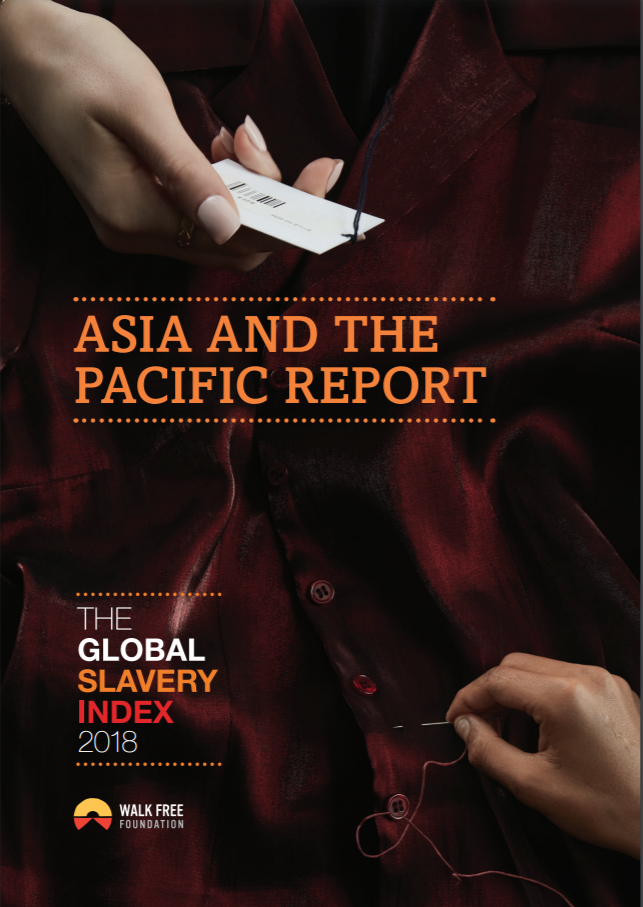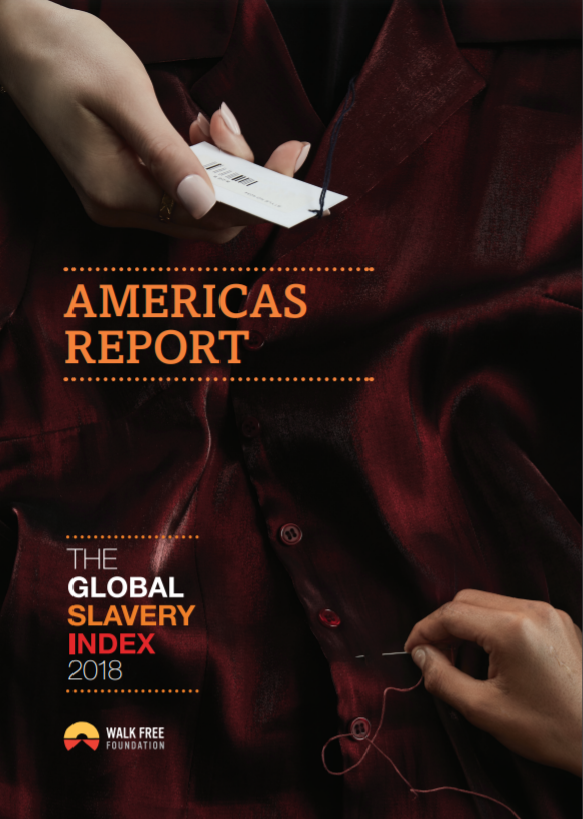The Way Forward in Establishing Effective Transnational Referral Mechanisms. A Report Based on Experiences in Cases of Human Trafficking in South-Eastern Europe

It is evident that transnational cooperation is a fundamental component for any successful strategy to prevent and fight human trafficking as well as to protect trafficked persons. The aim of the present report is to provide an overview of the forms and tools of transnational cooperation used in cases of human trafficking in the South-Eastern Europe (SEE) countries with the view to further enhance their implementation or development within and beyond the region. Furthermore, the report includes useful reflections and recommendations based on interviews with 83 representatives of governmental institutions, law enforcement agencies, judiciary, labour inspectorates, non-governmental organisations (NGOs) and international organisations (IOs) engaged in the anti-trafficking field in South-Eastern Europe (SEE).Geographically, the report specifically targeted SEE, namelyAlbania, Bosnia and Herzegovina, Bulgaria, Croatia, Kosovo1 , Macedonia, Moldova, Montenegro, Romania, and Serbia.Notwithstanding its primary geographical scope,the report serves as a useful tool to all countries that have embarked on the process of developing a transnational referral mechanism, or considering doing so in the future. Practical advise on how to design and implement a functioning TRM can be found in the many recommendations thatthis report brings forward.The report is strictly based on qualitative methods and its outcomes derive from the analysis of findings gathered through desk research and semi-structured interviews with the aforementioned anti-trafficking stakeholders carried out by a research team in each participating country. The report elaborates on the concept of the transnational referral mechanisms (TRM), their development and applicability. It offers a detailed description of what the TRM is and equips the reader with a theoretical understanding of its functioning. It provides a solid background for national stakeholders from countries that have a TRM in place, and serves as an introduction to the TRM concept for all those that in the process of implementing it.
Country
Worldwide
Region
Worldwide
Year
2012
Topics








